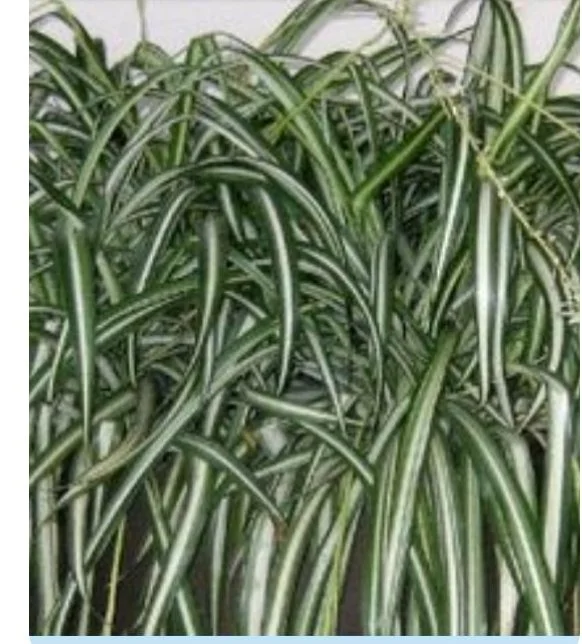Thai Basil and Holy Basil
When our local WalMart recently added Thai Basil to their live plant offerings, I came to a screeching halt and plopped one in my cart before you could say "Cheaper than a Seed-Pack!"
Naturally, the first thing I did was to snip off some slips to root,
Here, in the 10 ml glass vial to the right of the Million Bells blossom, is the smallest cutting I ever rooted. This is Ocimum basilicum, or Sweet Thai Basil, not to be confused with Holy Basil aka Tulsi, which Dr. Mercola and others tout as a prevention against Swine Flu. Tulsi is Ocimum tenuiflorum. Holy Basil aka Tulsi has fuzzy leaves and is a little fussier to grow, but well worth the effort because it adds an amazing punch of power to a smoothie. One sip and I turn from a couch potato to an energized bunny.
Thai basil with its smooth and spicy leaves tastes completely different, and is well suited for savory dishes.
Crossvine
This plant has some of the attributes of Trumpet vine, but is not invasive. I lost it after this past severe winter, but managed to keep a stem cutting alive and it bloomed.
I haven’t learned how to insert a link in this blog yet as I’m transitioning from TypePad on short notice, but here is the URL:
https://www.drann.me/from-typepad/surprise-crossvine
Notes on Beet Kvass
No need to peel the beets but please wash them and I cut away the hairiest dirtiest looking parts that are hard to get clean. I save a small portion of the beet top (where the leaf stems come out of the red top as you can see has been cut off of the beet to the left) because I put those in water in a glass on the window sill to grow new baby beet greens to eat. I do this with turnips, parsnips, leeks, onions, garlic, and celery as well (anything that has edible leaves.) The slices to the left can be cut again in half or thirds and dropped into a 2 quart mason jar along with 1 tablespoon sea salt and about a third of the freshest top part of the leaves and all of the red stems. When fermenting any food, please make sure your containers and all utensils are very clean.
Leaving some room at the top pour filtered water over the beets, making sure to cover them entirely with water. Tap water contains fluoride and other undesirable chemical waste products, so if you do not have a really good water filtration system, I recommend buying distilled water for your kvass. Put the lid on which if you don't have a fermentation lid can be a coffee filter tied on with a rubber band.
Now just put the jar somewhere out of direct light for 6-7 days (or 3 days if you added some kvass from your last batch to use as a starter). Then pour the liquid off into glass containers with non-metal lids and put the kvass in the refrigerator where is will become less salty tasting and more delicious with age. It takes about a month to reach its maximum deliciousness, but will not spoil if left much longer.
After you make your first batch of beet kvass you can reuse the chopped beets to make a second, less rich, but still delicious batch. After that if you can add the fiber to your compost, or liquify it in a high-power blender to add to smoothies or whatever. I use extraction mode on my Ninja IQ Boost blender and add the puree to my Irish Soda Bread.
My notes:
You don't need whey. You do need sea salt or Real Salt, not the commercial stuff with all the additives. You don't want your kvass coming into prolonged contact with metal, or any contact with unsafe materials such as zinc or aluminum utensils. It is OK to use stainless steel spoons, strainers, funnels, but prepare and store your kvass in glass, please. You don't have to buy air lock lids with check valves to let the gas out and keep air from getting in, but I do. It makes it easier and foolproof. Keep the chunks of beet under water, as parts that stick up can spoil. If a powdery white substance forms on top of the liquid in your jar, do not worry, it is harmless Kahm yeast and can be scraped off (or stirred in).
WARNINGS: 1) Contents under pressure can explode and break the glass. So if you take the air lock off and tightly cap your kvass for storage in the refrigerator, be sure to "burp" the container once in a while because if it sits very long it will become carbonated and may try to escape from the bottle. 2) If you are not used to probiotic foods, start out slowly. An ounce or two at a time has plenty of nutrition and after you get used to it you can have all you want. 3) If you are highly allergic to alcohol know that if you chop the beets too small and/or leave your kvass at room temperature too long it can become a mildly alcoholic drink.








